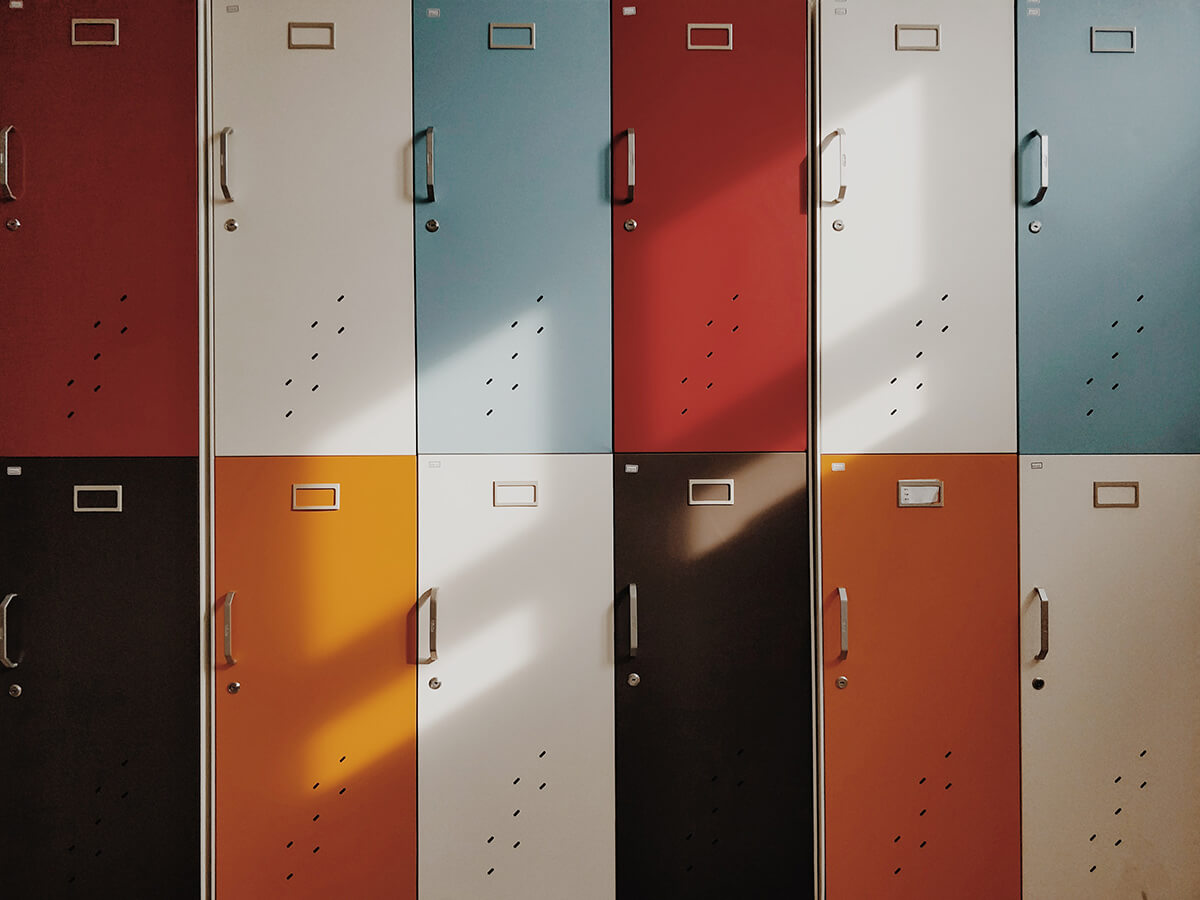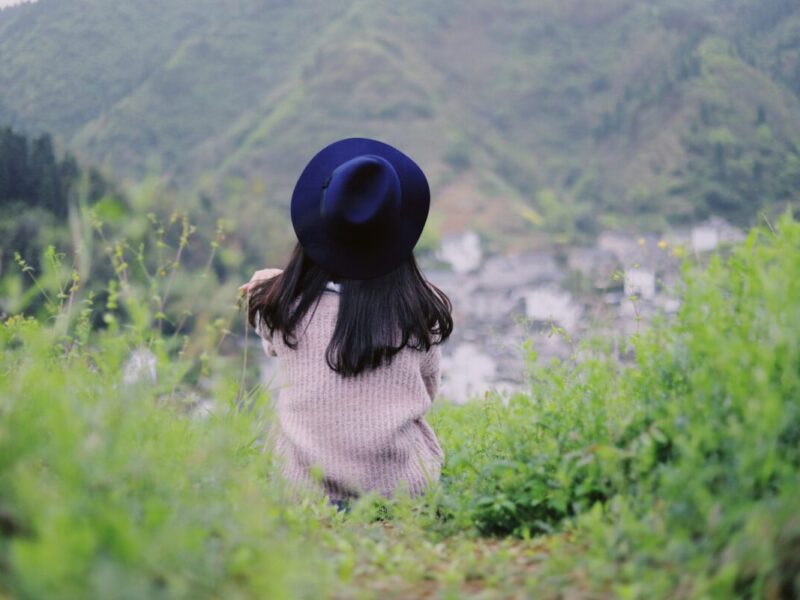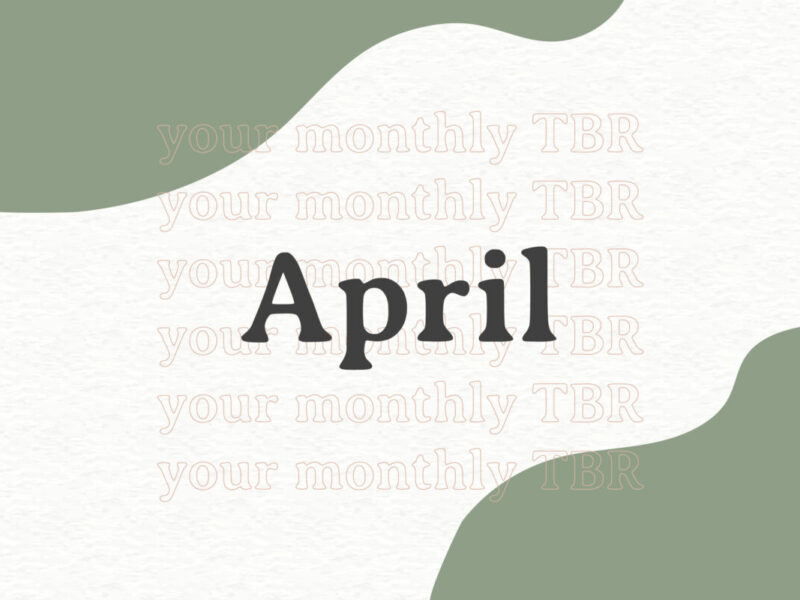New Beginnings: 4 Forward-Thinking Poems for the Start of the School Year
The start of the school year represents many different feelings, fears, and first experiences. It offers opportunities to meet new friends, explore passions, and fully indulge in the thrill of learning. With many personalized schooling plans popping up to accommodate coronavirus concerns, this school year promises to be unlike any other. Nevertheless, it illuminates the power and pivotal role of education. Whether you’re a teacher or a student, let these poems reawaken your love of learning.
1. “The Young Poets of Winnipeg” by Naomi Shihab Nye
Nye describes an elementary school writing workshop and poetry salon in this whimsical, heartwarming poem. In writing specifically about second-grade poets who “knew their poems were glorious,” Nye encapsulates the early confidence and joy of writing poetry before expectations and imposter syndrome ever emerge. The poem illustrates writing as an open-ended exploration and as an experience focused on play—a mindset we can all adopt, whether we’re second-grade poets, college seniors, or self-driven, lifelong learners. It also links the young learners as a collective whole, reflecting on how poets best succeed with each other’s support.
“Even the ceiling, pink and orange quilts of phrase… / they introduced one another, perched on a tiny stage / to read their work,” Nye describes. Later, Nye showcases the imagination in the young poets’ work, explaining that they “believed in the third and fourth eyes, the eyes in / the undersides of leaves, the polar bears a thousand miles north, / and sprouts of grass under the snow.”
2. “The World Book” by Patricia Hooper
Hooper’s poem jumps into the language of learning with unabashed excitement and rhythmic momentum. She recalls teaching herself early on with encyclopedias, opening herself up to a full alphabet of knowledge and the sense of worldliness that creates. With a focus on the letter “S,” the encyclopedic inspiration makes for a poem rich with sound and surprising connections.
“The sun / shown as a sun should, / and we sat down at the table / leafing through silks and ships, / saints and subtraction. We passed / Scotland and Spain, / street- / cars and seeds and even / the Seven Wonders until / the woman who owned them skipped / to the solar system and said / it could be ours.” Later, Hooper builds on this self-teaching by broadening the poem to include a school environment: “And each morning, / walking to school, I believed / in the day it would come, / when we’d study / Sweden or stars and I’d stand / at the head of my classroom and take / the words of the world from my satchel, / explaining the secrets.”
3. “Theme for English B” by Langston Hughes
While this classic poem has been included in articles and round-ups for decades, its strong message and bold, gorgeous language make it one of the best works to continually reexamine. Hughes’ poems always contain a new lesson or point of view to ponder as the nation evolves in how we address race, culture, and identity. Unlike the other poems on this list, which mostly focus on the joys of education, “Theme for English B” reveals some of the struggles. Specifically, the poem spotlights how diversity can either enrich a learning environment, or—if not appreciated and amplified—lead to a feeling of isolation. Hughes encourages us to challenge and resist the systems of whiteness still at play in education, while never losing his pride in his identity or himself.
“So will my page be colored that I write?” Hughes asks of his writing assignment. “Being me, it will not be white. / But it will be / a part of you, instructor. / You are white— / yet a part of me, as I am a part of you. / That’s American. / Sometimes perhaps you don’t want to be a part of me. / Nor do I often want to be a part of you. / But we are, that’s true! / As I learn from you, / I guess you learn from me.”
4. “Anatomy Class” by Betsy Franco
An award-winning children’s poet, Franco captures the zaniness and inventiveness of children in this poem, turning it into something for people of all ages to enjoy. Along the way, she delights in quirky, almost surreal imagery. Franco has said that she enjoys representing unexpected pairs and connections in her poetry. “Anatomy Class” does this by countering the idea of the title, disrupting a serious, scientific topic with silliness.
“Our shoes have / tongues, / the marbles, / eyes. / The wooden desk has / legs and seat. / The cups have / lips. / My watch has / hands. The classroom rulers all have / feet.” Through these statements, Franco evokes the double meanings in our everyday vocabulary, ending on this proclamation, “What a surprise! / Is our classroom alive?”
Looking to instill a love of poetry this year in your classroom or through your homeschool set-up? Check out these fun activities for introducing poetry to kids.




